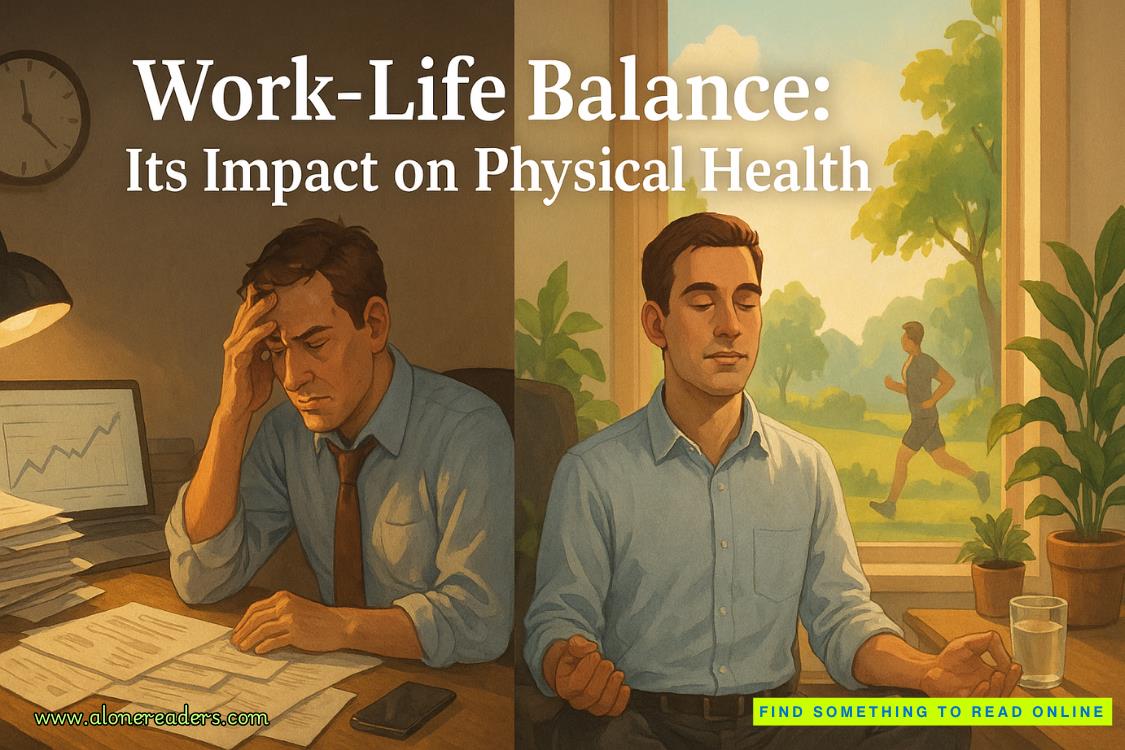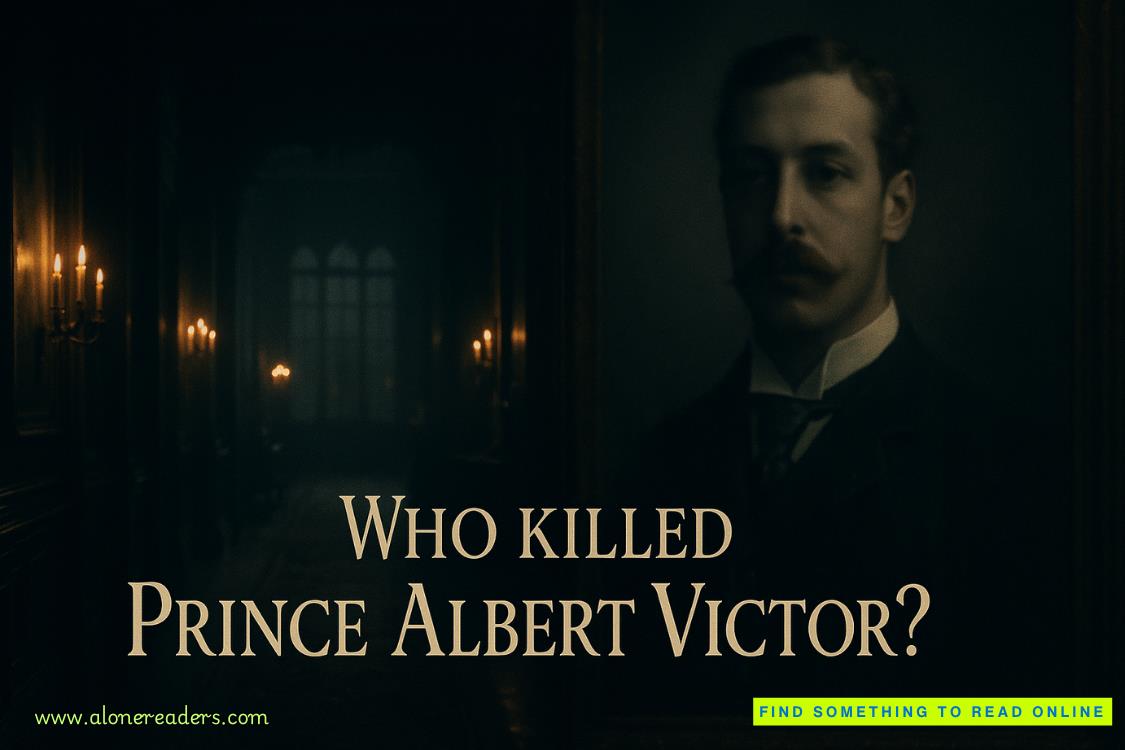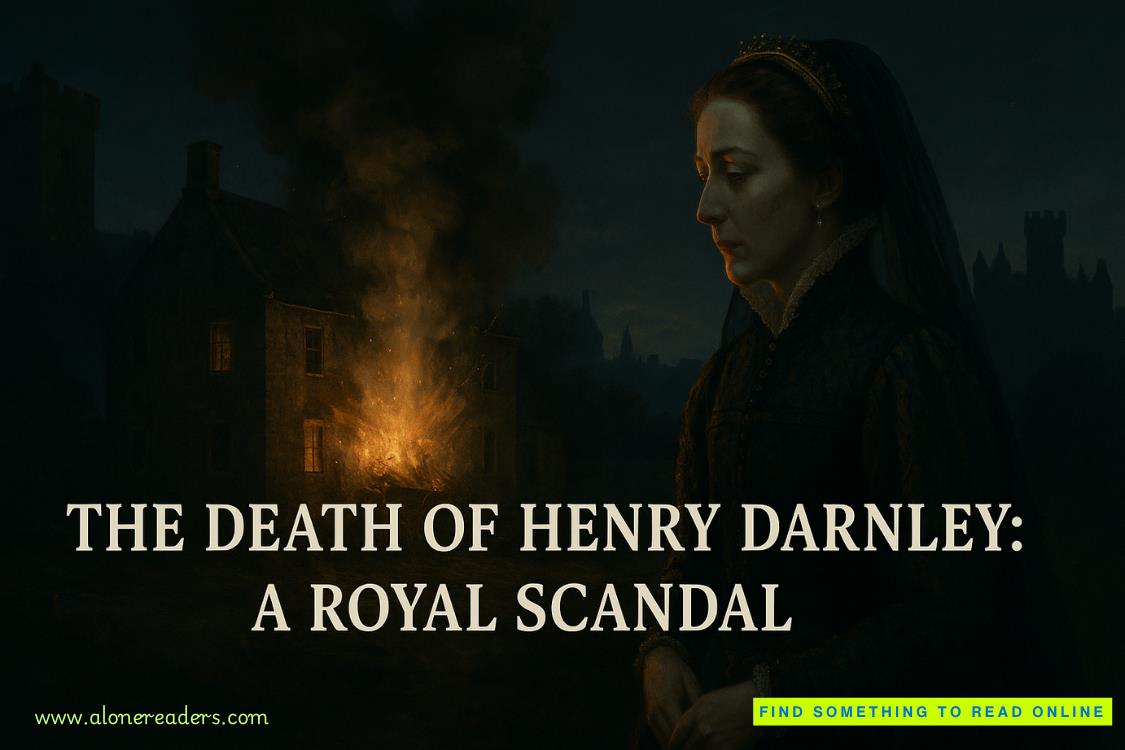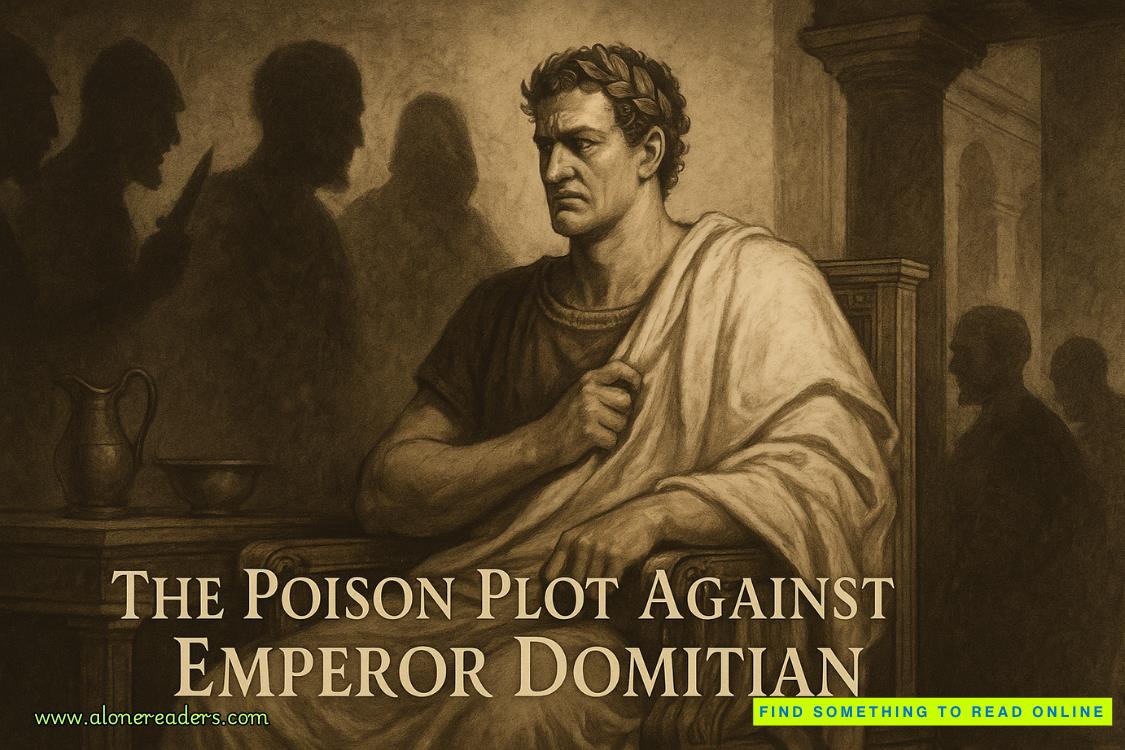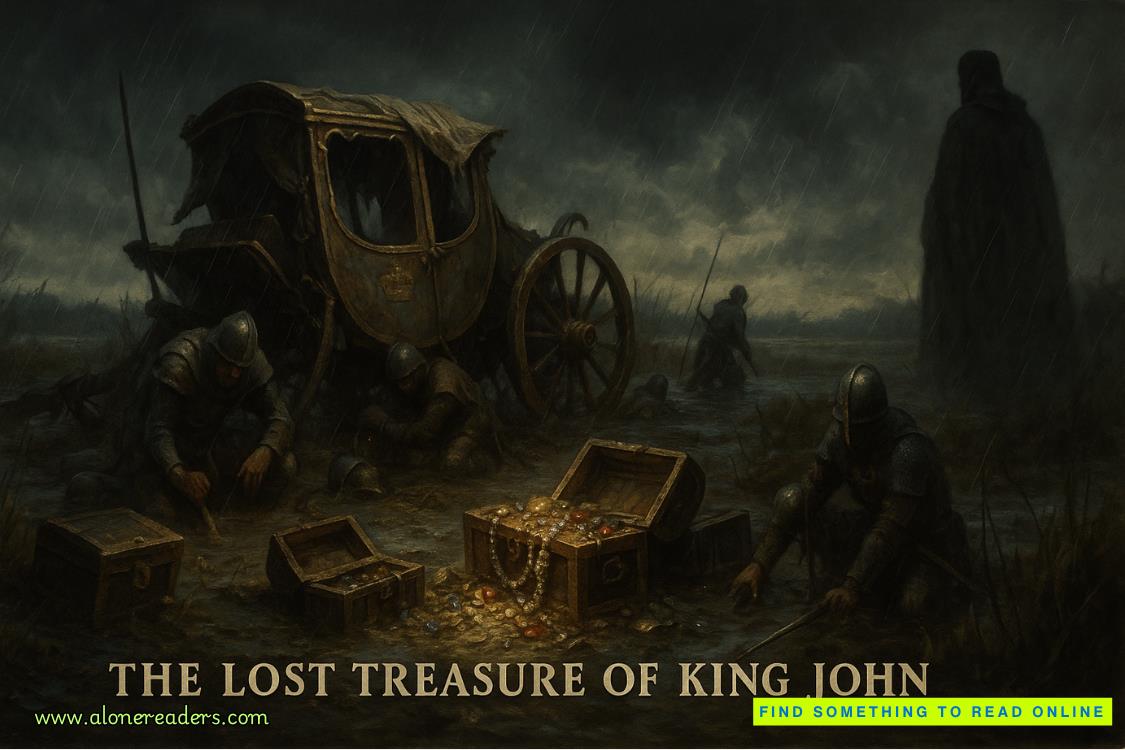Page 5 of Experimental Film
“YOU DON’T, YOU DON’T, IT’S SILLY—”
“Enough! Do you understand? It’s a yes or no question! DO—”
From behind, Simon’s hand touched my shoulder. “Listen, hon,” he said, soothingly, “I’ve got this.” Which was Simon-speak for stop, you’re making it worse, you need to go. Or maybe not. Maybe that was all just about me, like everything else.
The problem with thinking you’re the centre of the world is always wondering why, if that’s so, do you palpably not control a single goddamn thing?
So I shook my head, shut my mouth, and I went.
I was desperate back then, I know that now. The weird thing is, however, that you can apparently live a very long time being desperate and not even recognize it. It’s as though the hypersensitivity of your emotions, the constant fight-or-flight reflex, grinds away your nerve endings until all you can register is a sort of dazed, vaguely focused absence. I certainly wasn’t happy, but I wouldn’t have called myself actively unhappy—sort of like how you can be “not sick” without truly being “well.” I simply didn’t have time to be anything else.
What I was supposed to be doing that night—October 3, 2014—was covering a screening at the Ursulines Studio of new experimental film and video works by local Toronto artists, for the aforementioned Deep Down Undertown—a new sub-site on Alec Christian’s Virtual Cinema domain, specifically aimed at pushing Toronto indie culture on a new generation of Internet-savvy blogtivists. Though the gig didn’t pay, as such (Christian’s boilerplate contract let him return a certain amount of click-through advertising revenue to content providers, once he’d deducted the cost of archive maintenance), it at least provided me with an excuse to leave Clark with Simon and get out on my own for a while. Better yet, it guaranteed that whenever I Googled my own name, stuff still actually came up.
I’d been out of steady work since mid-2009, the same year the Toronto Film Faculty shut its doors, which also just happened to be the year Clark was diagnosed—a useful turn of events, in its own way, since the sudden influx of free time allowed me to become Clark’s full-time intermediary, negotiating the often confusing network of autism services offered in the general Toronto area. But it was ten years down the drain, too: a decade of teaching screenwriting and Canadian Film History, the two courses nobody wanted to take, albeit for different reasons. Ten years of dealing with people who’d been lied to by their intake handlers, convinced to spend eighteen months of their lives incurring thirty thousand dollars’ worth of government debt and training for “entertainment sector” jobs that would never materialize, not once they erupted into the industry proper and discovered that their graduation certificate wasn’t worth the paper it was printed on.
“I’ve learned not to tell people I went to the Fac at all, Miss Cairns,” Safie Hewsen had told me the last time we collided with each other in line at Starbucks. “You tell ’em you went to the Fac and they think you don’t know anything.” “Good call,” I’d agreed—because it was, sadly enough. And also because I don’t think anyone at the Fac taught Safie much she hadn’t already known, me included.
I turned forty and the Fac went under; it was almost exactly that fast. At Christmas we were all standing around at the office party, listening to Jack Worram—our Dean—tell the representative from the mother corporation how good things were going: Oh, we did this, we got that, we rented a whole new floor of this building, we’ve got all this donated equipment, enrolment is pre-sold all through next year . . . and the whole time this guy just stood there nodding, waiting for a conversational break so he could say: Uh huh, that’s great—yeah, actually, we’re shutting you down.
The final mass email cited “recessionary measures,” but I know for a fact that was only partially true, mainly because Jack sat alone in his office for almost a week afterwards, getting drunk enough that when I walked in and asked, he just went ahead and told me so. Basically, he said, there were two things FACilitation International wanted from their Toronto initiative that we just couldn’t give them: to start offering online classes, which we didn’t have the infrastructure to support; and to be able to call what we gave out at the end of each year-and-a-half a degree, not a certificate. But the Ontario Board of Education assumed, quite rightly, that the Fac was basically a diploma mill, and they weren’t about to sign off on anything that would allow us to pretend we weren’t.
It was bad enough that all our equipment was ten years out of date, if not more; and that the screenplay template program we “gave” students was an unregistered sample that wouldn’t work anywhere except on the school’s network, so not only could they never print or save more than ten pages at a time, everything they did print had a massive logo watermarked across it. But film is expensive, too, even if you’re also offering the option of shooting on video—post-production alone runs into thousands, much of which students were paying out of their own pockets. Word got around, which ate into our enrolment. That’s the sad truth. Everyone wants to do film because of the Hollywood angle, not that we were preparing them for anything close to that. But what they just don’t seem to get going in is that film is basically the most expensive art form there is.
By June of 2009, I was all “taught out” and watching my students—Safie included—move on to their last, production-heavy semesters before graduating, knowing my involvement with the educational system was history. Only a year and a half back from maternity leave, I’d already spent the previous months feeling almost constantly ill and exhausted, as well as increasingly worried there might be something not entirely neurotypical about Clark. Then came the diagnosis, a punch in the gut for Simon and me, though at least now we knew.
But even before that, I found myself looking back at my life and thinking: twenty years of writing about other people’s stuff, and what did I have to show for it? All those films I saw, working for Lip. All those screenplays I checked over, in and out of school. I could look at something and tell you what was wrong with it, even tell you how to fix it, but had I ever really built anything, from the ground up? Would there ever be anything I could call mine?
It didn’t help that one of the last courses I taught that semester was (as ever) Canadian Film History—a curriculum I’d designed myself from the bottom up, incorporating knowledge gained over a lifetime of comparing and contrasting Canada’s insular, barely functional moviemaking system with the glamorous overbearing spectre of American mass media. I used to call it the semester-long downer. Because so much of the Fac experience was about enabling people’s dreams, however self-delusional, and I had to be the one standing there going: Well, see, things don’t really work like that, up here. That’s why James Cameron got his dad to move to L.A.
Back when I was working full-time for Lip, covering Canadian film often felt like I was documenting and promoting a film culture made up of people mainly working for “the enemy,” day-jobbing on commercial “runaway” films driven by American production companies—who came up here and stacked their crews with Canadian Content in order to qualify for a certain amount of points on the CAVCO (Canadian Audio-Visual Certification Office) scale, thus allowing them a double-shot of federal and provincial tax credits—and then waiting in vain for February, when things went slack enough to allow
them to perhaps work on something for themselves. The first time someone explained this to me, I remember thinking wow, that’s gotta suck. And believe me, having been a part of it ever since, it really, really does.
To make your own film, meanwhile, you need government funding, because most businesses haven’t seen Canadian film as a good investment since the Tax Shelter Era of the 1970s and early 1980s, when the Bank of Montreal took a bath over their investment in the making of total stinker Bear Island (up to then, at twelve million dollars, the single most expensive Canadian film of all time). But Telefilm doesn’t give you money if you want to make anything that looks even vaguely like your average Hollywood product—instead, they expect us to define what makes a given thing “Canadian” enough for financing negatively. Which means no genre, no budget, everything small and indie and incredibly specific—as close to non-commercial as you can possibly come, and preferably with ridiculously obvious Canadian Content signifiers attached. Like Men With Brooms, that epic curling comedy, in which our heroes have to stop the car at one point because a random herd of beavers is crossing the road.
It’s different in Quebec, where a raunchy hockey movie called Les Boys once beat out Titanic at the box office. But that’s mainly due to the idea that anything shot in French has to be inherently Canadian by default—language defines culture, which is why they can keep theirs separate, and ours gets stepped all over by America, to the point that we ourselves can hardly tell the difference between any given American film and any given Canadian film, except that the American is usually the one that looks better. Not to mention how Québécois films come with a ready-made captive audience attached; in Quebec, it’s genuinely considered cool to want to see films that reflect your reality, because nothing else coming in from the world around you does. And in English-speaking Canada . . . it’s the exact opposite.
I just wanted something I could put my name on, something permanent. Something people could pick up in a bookstore and say: Man, Lois Cairns found out something nobody else knew. And I guess the idea of gaining that sort of validation from anything to do with Canadian film is pretty goddamn funny, in retrospect—Canadian film, whose “history” is a bunch of conflicting testimony most people don’t even bother to cross-reference. Canadian film, where we save and then dump documentation seemingly at random, because nobody really cares. Canadian film, which most people don’t see and don’t care about either, no matter which side of the camera they’re on.
I’d written articles like the one I was preparing what felt like a hundred times before, and at that very moment—sitting in a streetcar on my way to the Ursulines Studio, looking forward to a program of skippy, blurry, badly lit brain droppings curated by a local filmmaker I could barely stand to talk to, let alone interview—it frankly felt as though every word I’d ever written might’ve all been for nothing.
When I was in my teens I never thought I’d see my twenties, and I spent my twenties utterly convinced that if I hit thirty without being married I’d never marry at all, let alone have kids—a set of mixed assumptions that’d been neatly punctured when I found myself first married at thirty-five, then pregnant by thirty-six. Now I was forty-four years old, and slowly realizing that everything I’d learned thus far—at school and afterwards—was obsolete. A defective person raising a defective child, with nothing to show for twenty years of professional life. A teacher no longer teaching. A film critic no longer reviewing films. A film historian with nothing to show for my efforts but theories and anecdata all centred around a genre no one cared about, not even the people who sustained it.
Thinking back, I couldn’t remember exactly what it was I’d thought I was going to turn out to be, if I ever lived to the age I was now. But even so, I was still pretty sure this probably wasn’t it.
I’m assuming, perhaps inaccurately, that whoever’s reading this probably doesn’t know much about what makes a film “experimental.” I didn’t know all too much about it myself until I had to put together that particular lecture, which always began with me asking whatever class I was teaching if they’d heard of Un Chien Andalou. “Luis Buñuel and Salvador Dalí, 1929? Or how about Maya Deren, Meshes of the Afternoon? Anything by Kenneth Anger?”
“No, miss.”
“Okay, then. University of YouTube it is.”
After that, I’d hook my laptop to the overhead projector and cue the relevant visual accompaniment up. Un Chien opens with a shot of a straight razor being stropped; the guy doing it is Buñuel himself, not that it matters. A title card says: “Once upon a time,” in French. The guy tests the razor on his thumb then opens his balcony door and steps out, fingering the razor idly while looking up at the full moon. From this, we cut directly to a close up of a young woman’s face. She’s held to her chair with the man’s hand resting on her shoulder, waiting calmly. As a thin cloud bisects the moon, the man appears to slit the woman’s eyeball open with his razor, its vitreous humour spilling out like popped egg yolk.
The rest of the film, which according to title card takes place “Eight years later,” is a stream-of-consciousness parade linked only by poetic metaphor. A lot of it will seem familiar on first viewing, because—much like Dalí’s paintings, or the repetitious, dream-inside-a-dream-on-a-train structure of Buñuel’s The Discreet Charm of the Bourgeoisie (1972)—its imagery has since become shorthand for “surrealism” as a genre. There’s a wound with ants coming out of it and a man pulling the literal baggage of a Catholic upbringing behind him: two grand pianos filled with rotting donkey-corpses, the Ten Commandments, and a couple of bewildered priests. There’s a fight between doppelgangers, extraneous sudden nudity, a man’s mouth turning into armpit-hair, a death’s-head moth—sexuality, religious guilt, Jungian-Freudian imagery run wild. Like Anger using gay porno tropes such as sailors in public toilets or having an actor unbutton his fly to reveal a lit sparkler, or Deren returning again and again to a key, a knife, and a hooded Grim Reaper-esque figure with a mirror for a face, the point of the exercise is not to tell a linear story while simultaneously getting as much of a rise out of the viewers as possible.
Supposedly, when Un Chien Andalou first screened, Dalí and Buñuel showed up with rocks in their pockets, which they planned to use for self-defence if and when the audience attacked them. This wasn’t as crazy as it sounds; it’d only been fifteen years since the riot that accompanied the premiere of Stravinsky’s The Rite of Spring, and Surrealist leader André Breton had supposedly been overheard telling people they should “sabotage” the film’s debut. But that night’s movie-goers actually liked it a lot, causing Buñuel to complain, “What can I do about the people who adore all that is new, even when it goes against their deepest convictions, or about the insincere, corrupt press, and the inane herd that saw beauty or poetry in something which was basically no more than a desperate impassioned call for murder?”
Well, it’s always annoying when people like things you don’t want them to. But the point I was trying to make (and that I’m now trying, however ineptly, to paraphrase) is that it doesn’t really matter what any given experimental film is “about,” because the genre as whole rejects narrative, conventional or otherwise, in favour of hypnagogy; it wants to bore you, to annoy you, to put you in a trance and force you to meet it halfway. We’re storytelling creatures. Give us a bunch of seemingly random images and we will try to organize them into a linear progression: tree, apple, head, bruise, gravity . . . a man sat under a tree, an apple fell on his head because of gravity, a bruise appeared, the end. We just won’t be able to help ourselves.



